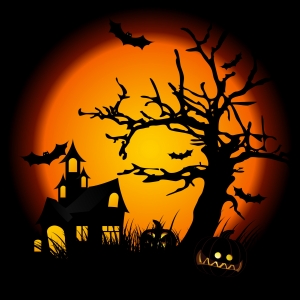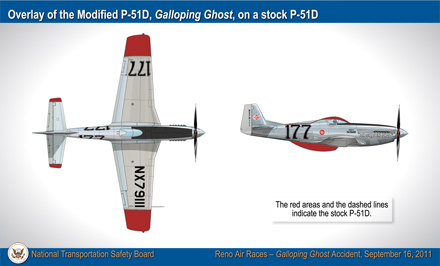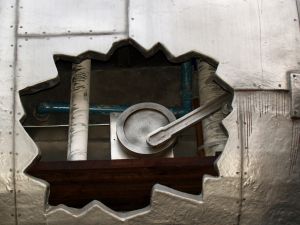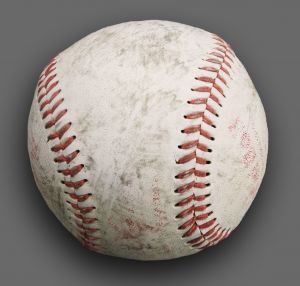 The Fourth of July is an activity packed holiday, from the typical summer barbeque to the after dark fireworks display. Of course, the temptation is too great for many celebrators and many neighbors hear the blast of small scale fireworks off and on all week. Fireworks have the aura of magic about them, but are bit like the magic of the Sorcerer’s Apprentice. When the unprepared or immature set off fireworks, they could let the magic get out of control, which gets them, or others, burned.
The Fourth of July is an activity packed holiday, from the typical summer barbeque to the after dark fireworks display. Of course, the temptation is too great for many celebrators and many neighbors hear the blast of small scale fireworks off and on all week. Fireworks have the aura of magic about them, but are bit like the magic of the Sorcerer’s Apprentice. When the unprepared or immature set off fireworks, they could let the magic get out of control, which gets them, or others, burned.
It is important to remember that fireworks are explosives in every sense of the word. Fireworks are made of a shell with a fuse that contains explosive material. Smaller fireworks may consist of paper or cardboard wrapped tightly around black powder. Urban cities such as San Francisco, Oakland, and San Mateo have banned the sale and use of fireworks all together by non-professionals. Close quarters ramp up the hazard for fires and injury and make it a matter of public policy to crack down on violators. Other Northern California cities like Dublin, Union City, Sacramento, and St. Helena allow residents to set of so-called safe and sane fireworks. Safe and sane fireworks include sparklers and spinners and are characterized by the fact that they do not fly or explode.
Illegal fireworks, for example the notorious M80, are responsible for many holiday related injuries because they are more powerful and more unpredictable than safe and sane fireworks. Illegal fireworks are unregulated and therefore do not undergo quality control. Illegal fireworks have been known to explode prematurely while still in the amateur pyrotechnician’s hands.
In general, fireworks should be handled very carefully at a safe distance away from spectators and especially children. If you are having your own show, never relight a dud firework as it has already proven to be unpredictable and could explode without warning. Carefully place used fireworks in a bucket of water to prevent unwanted explosions. Of course, it is never advisable to handle fireworks under the influence of alcohol as it severely impairs judgment.
Sparklers may seem like the most innocuous of fireworks, but actually the slow burning wands can reach temperatures of 1800 degrees Fahrenheit. Children are more susceptible to burns and eye injuries from fireworks and sparklers are a big culprit.
The American Pyrotechnics Association released a chart showing fireworks related injuries from 1974-2006. Unfortunately, the number of injuries each year has stayed fairly constant, fluctuating between 8,000 and 12,000 injuries every year. In 2006, 9200 injuries were reported. The good news is that although the base numbers have not declined much, the number of injuries per pound of fireworks consumed by Americans has actually decreased drastically. In other words, there are a lot more fireworks being shot off on Fourth of July, but no more injuries than in past years.
Continue Reading ›
 You can almost feel the excitement in the air as the kids begin counting down the hours until the can step into their costumes and out to the street for a night of trick-or-treating and the candy buzz to follow. Parents are looking forward to pulling out their cameras to document this year’s costume and other households are getting ready to greet the kids who ring the bell and see this year’s variety of cute, scary, and creative outfits. Before the fun begins, our San Francisco injury law firm wants to take a moment to remind readers about Halloween safety.
You can almost feel the excitement in the air as the kids begin counting down the hours until the can step into their costumes and out to the street for a night of trick-or-treating and the candy buzz to follow. Parents are looking forward to pulling out their cameras to document this year’s costume and other households are getting ready to greet the kids who ring the bell and see this year’s variety of cute, scary, and creative outfits. Before the fun begins, our San Francisco injury law firm wants to take a moment to remind readers about Halloween safety. San Francisco Injury Lawyer Blog
San Francisco Injury Lawyer Blog


 Oakland Mechanic Dies In Crane Accident
Oakland Mechanic Dies In Crane Accident Many Americans will not hesitate to say their pets are part of their family, even comparing them to children. They might be offended to learn that under California law pets are considered personal property, akin to a family heirloom or an author’s manuscript.
Many Americans will not hesitate to say their pets are part of their family, even comparing them to children. They might be offended to learn that under California law pets are considered personal property, akin to a family heirloom or an author’s manuscript.  The National Transportation Safety Board (NTSB) announced on August 21, 2012 that it has opened to the public its docket relating to a September, 2011 incident in which the “Galloping Ghost” aircraft
The National Transportation Safety Board (NTSB) announced on August 21, 2012 that it has opened to the public its docket relating to a September, 2011 incident in which the “Galloping Ghost” aircraft  The Fourth of July is an activity packed holiday, from the typical summer barbeque to the after dark fireworks display. Of course, the temptation is too great for many celebrators and many neighbors hear the blast of small scale fireworks off and on all week. Fireworks have the aura of magic about them, but are bit like the magic of the Sorcerer’s Apprentice. When the unprepared or immature set off fireworks, they could let the magic get out of control, which gets them, or others, burned.
The Fourth of July is an activity packed holiday, from the typical summer barbeque to the after dark fireworks display. Of course, the temptation is too great for many celebrators and many neighbors hear the blast of small scale fireworks off and on all week. Fireworks have the aura of magic about them, but are bit like the magic of the Sorcerer’s Apprentice. When the unprepared or immature set off fireworks, they could let the magic get out of control, which gets them, or others, burned. The deadly San Bruno pipeline explosion in September of 2010 drew attention to PG&E’s policies and procedures for monitoring its infrastructure and implementing strategies to protect public safety. The National Transportation Safety Board formed an
The deadly San Bruno pipeline explosion in September of 2010 drew attention to PG&E’s policies and procedures for monitoring its infrastructure and implementing strategies to protect public safety. The National Transportation Safety Board formed an  Delaware bankruptcy judge, Kevin Gross, approved an
Delaware bankruptcy judge, Kevin Gross, approved an  Slips and falls are by nature unexpected- but the causes are often predictable. Some of the more
Slips and falls are by nature unexpected- but the causes are often predictable. Some of the more  According to the California Department of Motor Vehicles, over one hundred people are killed in cycling accidents annually in our state, with injured cyclists numbering in the thousands. Drivers should remember to take particular caution when sharing the roadways with bicyclers, but cyclists must also exercise caution when travelling. Bicycles are required to follow all the same rules of the road that govern motor vehicles including stopping for red lights and obeying other traffic signs. Bicycle riders should opt for visible garments, especially if travelling in low-lit conditions. Helmets should be a part of every cyclist’s uniform. Although California law only mandates helmet-wearing for riders under age eighteen, cyclists of all ages should make wearing a well-fitting helmet a standard part of their riding routine.
According to the California Department of Motor Vehicles, over one hundred people are killed in cycling accidents annually in our state, with injured cyclists numbering in the thousands. Drivers should remember to take particular caution when sharing the roadways with bicyclers, but cyclists must also exercise caution when travelling. Bicycles are required to follow all the same rules of the road that govern motor vehicles including stopping for red lights and obeying other traffic signs. Bicycle riders should opt for visible garments, especially if travelling in low-lit conditions. Helmets should be a part of every cyclist’s uniform. Although California law only mandates helmet-wearing for riders under age eighteen, cyclists of all ages should make wearing a well-fitting helmet a standard part of their riding routine.